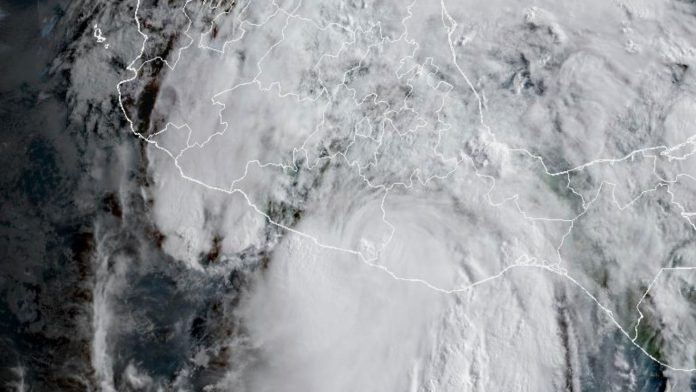A hurricane-tracking satellite that the National Oceanic and Atmospheric Administration calls “vital” will shut down permanently on Monday. Last week, the agency announced the Defense Meteorological Satellite Program (DMSP) will cease operations due to budget cuts.
A hurricane specialist in Florida expressed his concern to the New York Times. “This is an incredibly big hit for hurricane forecasts, and for the tens of millions of Americans who live in hurricane-prone areas,” Michael Lowry said.
DMSP is a Department of Defense program. It is responsible for designing, building, launching and maintaining the satellites that monitor meteorological, oceanographic and solar-terrestrial physics environments.
Forecasters said they still rely on satellite tools to monitor and predict tropical cyclones and hurricanes. During the day, observations of cloud tops and precipitation bands help them track a storm’s movement and spread. However, at night, microwave observation satellites are a necessary tool.
“The nightmare scenario is going to bed with a tropical storm and waking up to a hurricane,” Lowry said.
Lowry also worries about the loss of data and its effect on research. This particular family of satellites has reportedly been collecting data since 1987.
“Our understanding of hurricanes is greatly improved because of that,” Lowry told The Times. Going without that data “eliminates the potential for research that could keep improving our forecasting.”
Retired meteorologist, James Franklin said he expects about half the microwave images will be lost.
“Forecasters will see hourslong delays in the National Hurricane Center recognizing that a storm has begun to strengthen abruptly,” Franklin, who previously ran the National Hurricane Center, said.
What happens to the satellites?
According to the New York Post, the satellites will remain in orbit.
However, the federal government will no longer process the data from them.
Bill introduced to protect NOAA
In early June, a bipartisan coalition introduced a bill aimed at hiring within another branch of NOAA, the National Weather Service. The bill grants the power to directly hire meteorologists, general physical scientists, hydrologists, computer specialists and electronic technicians.

